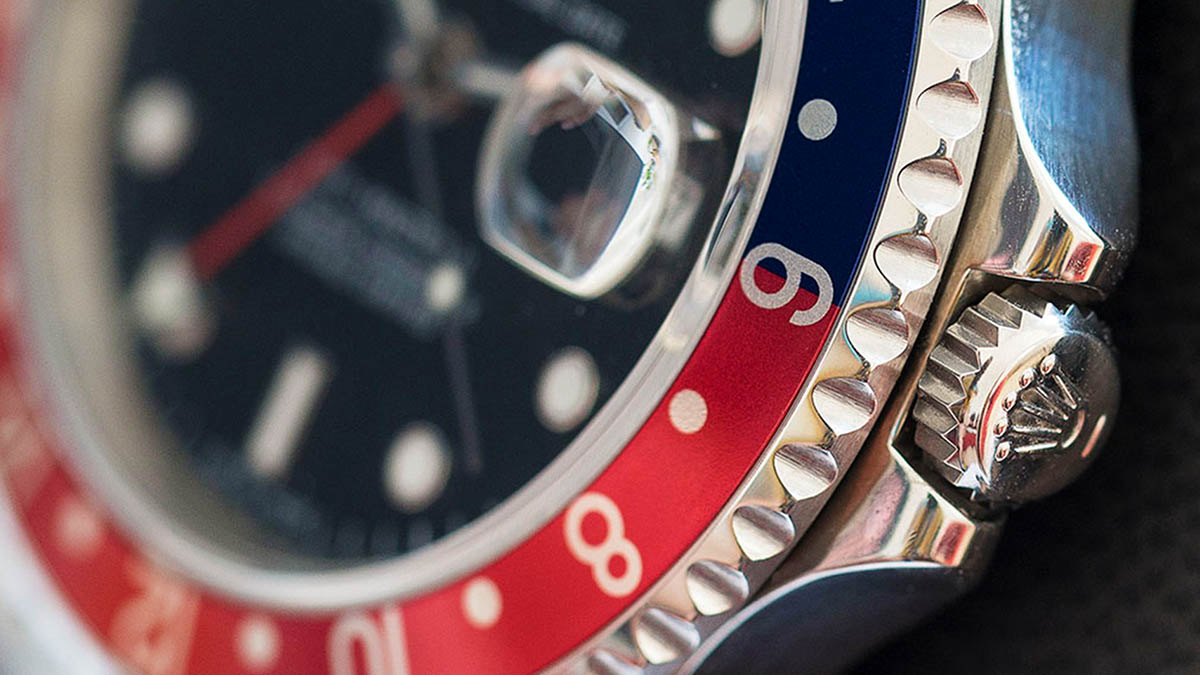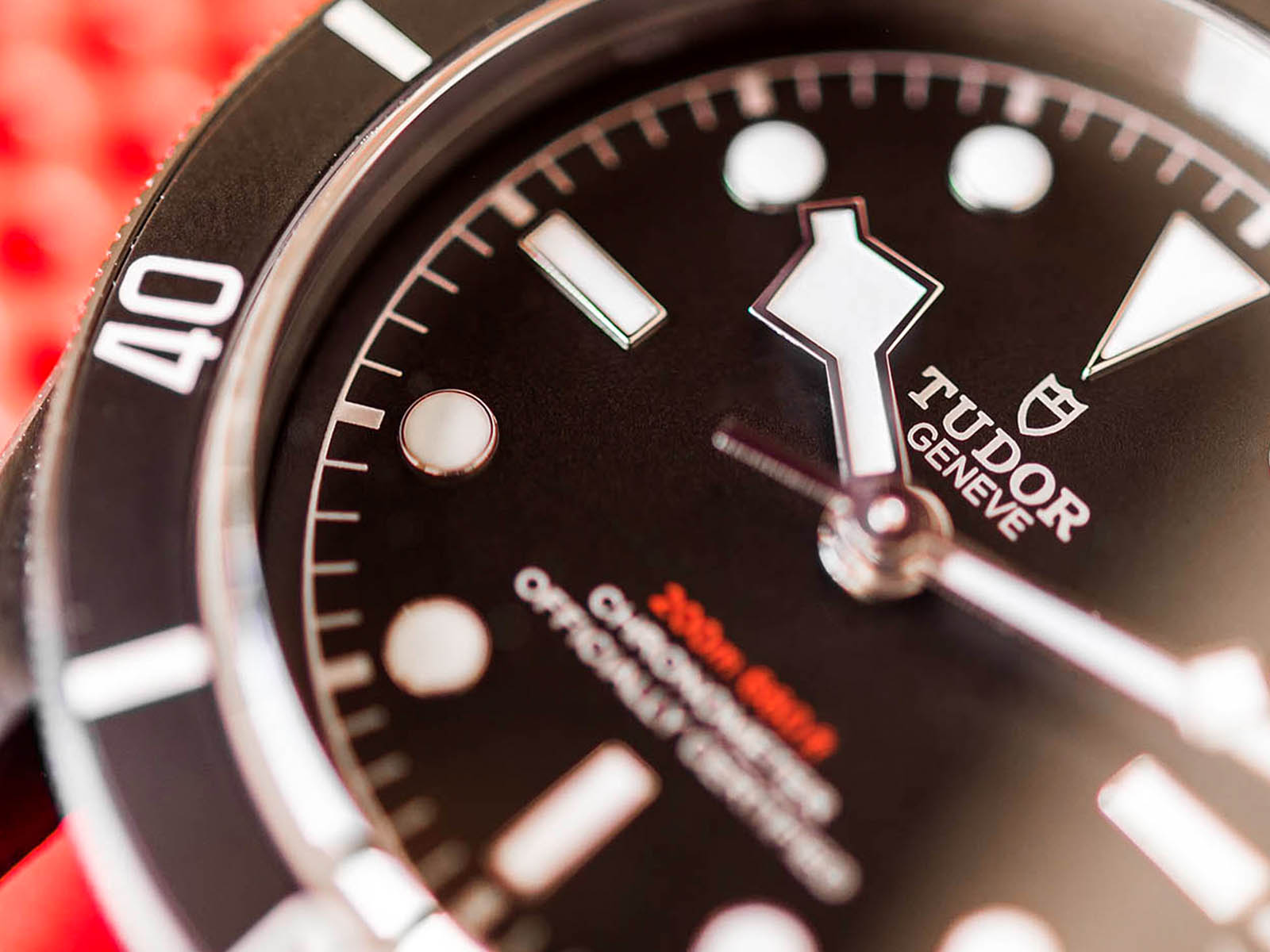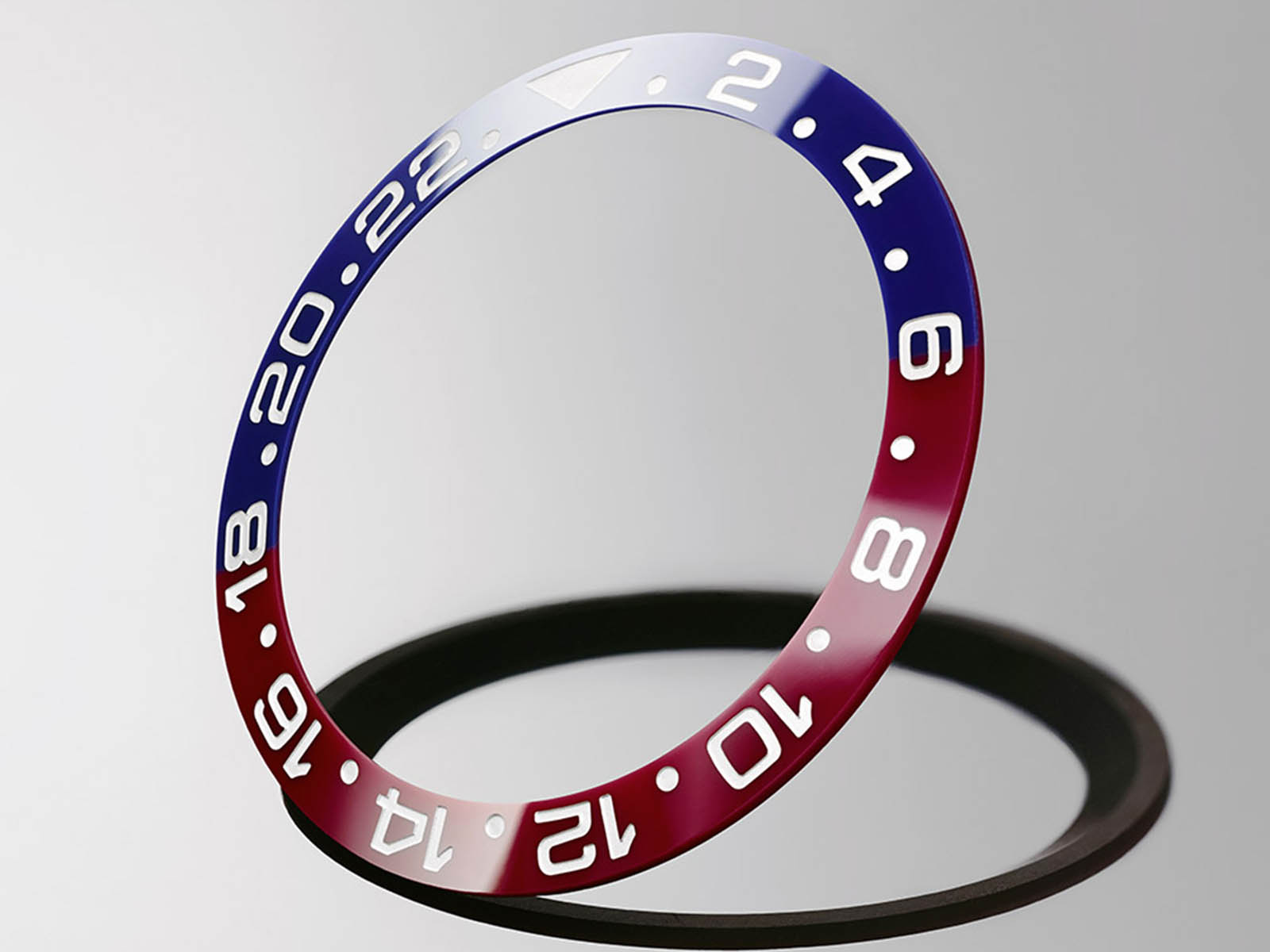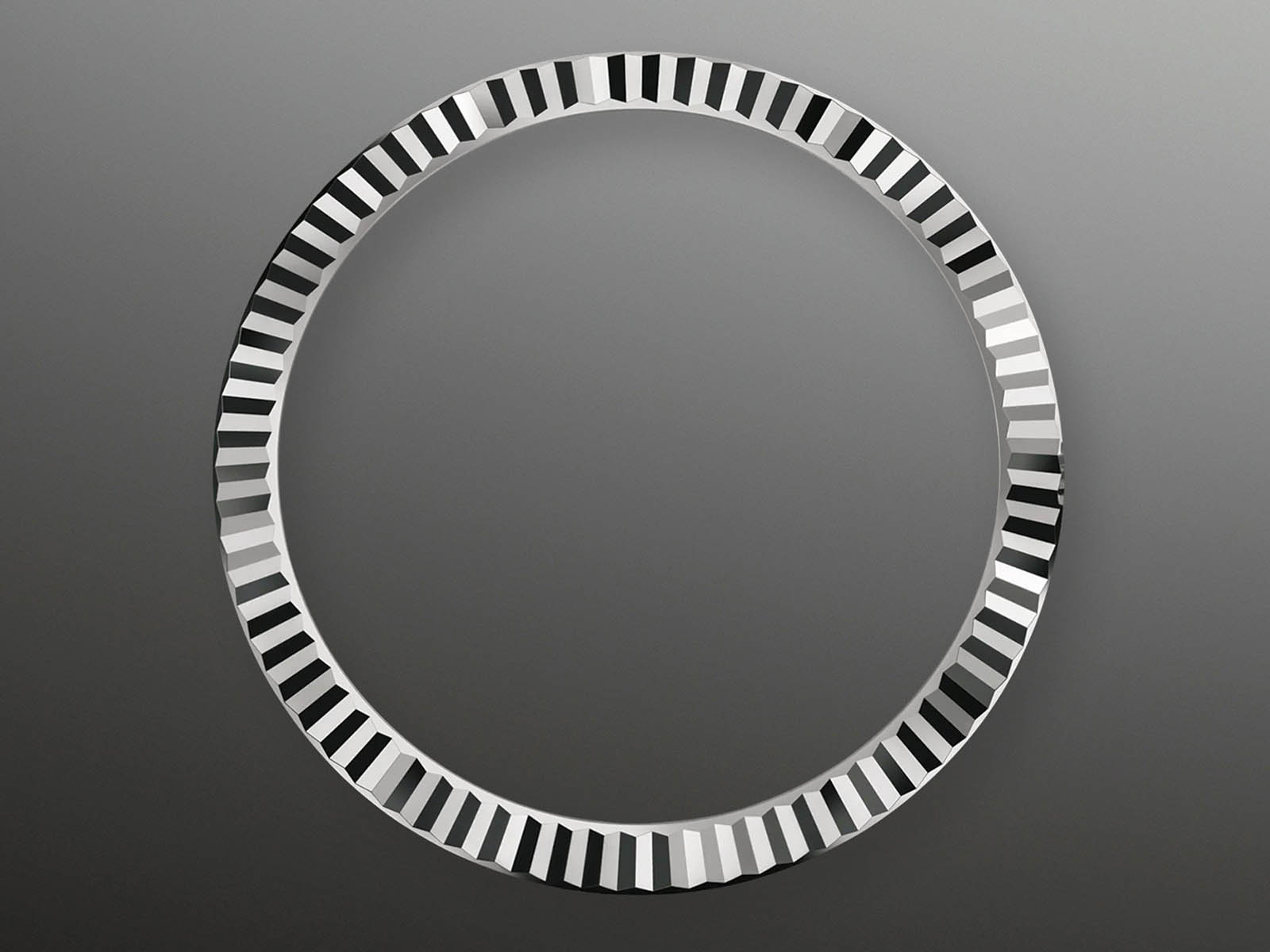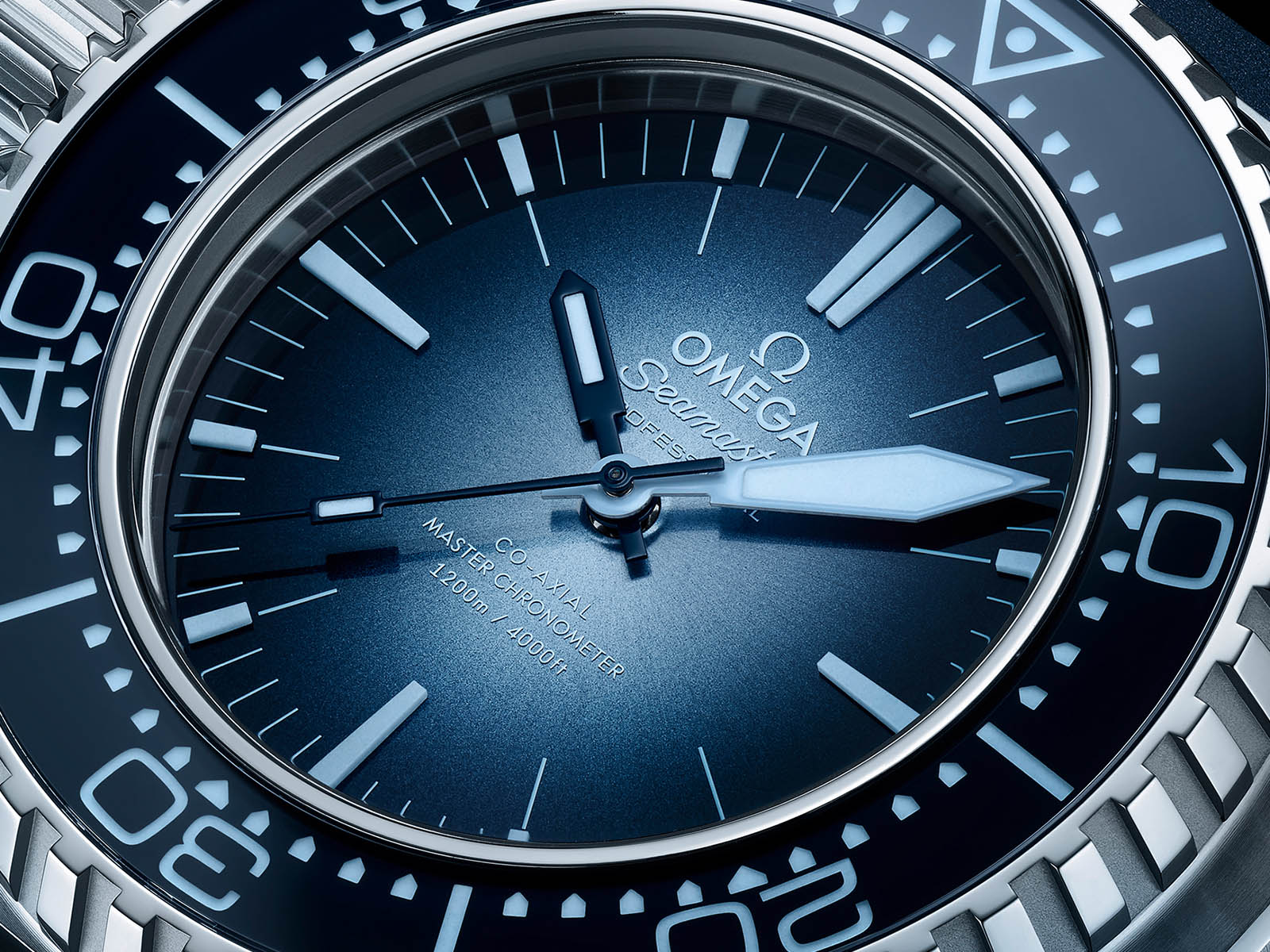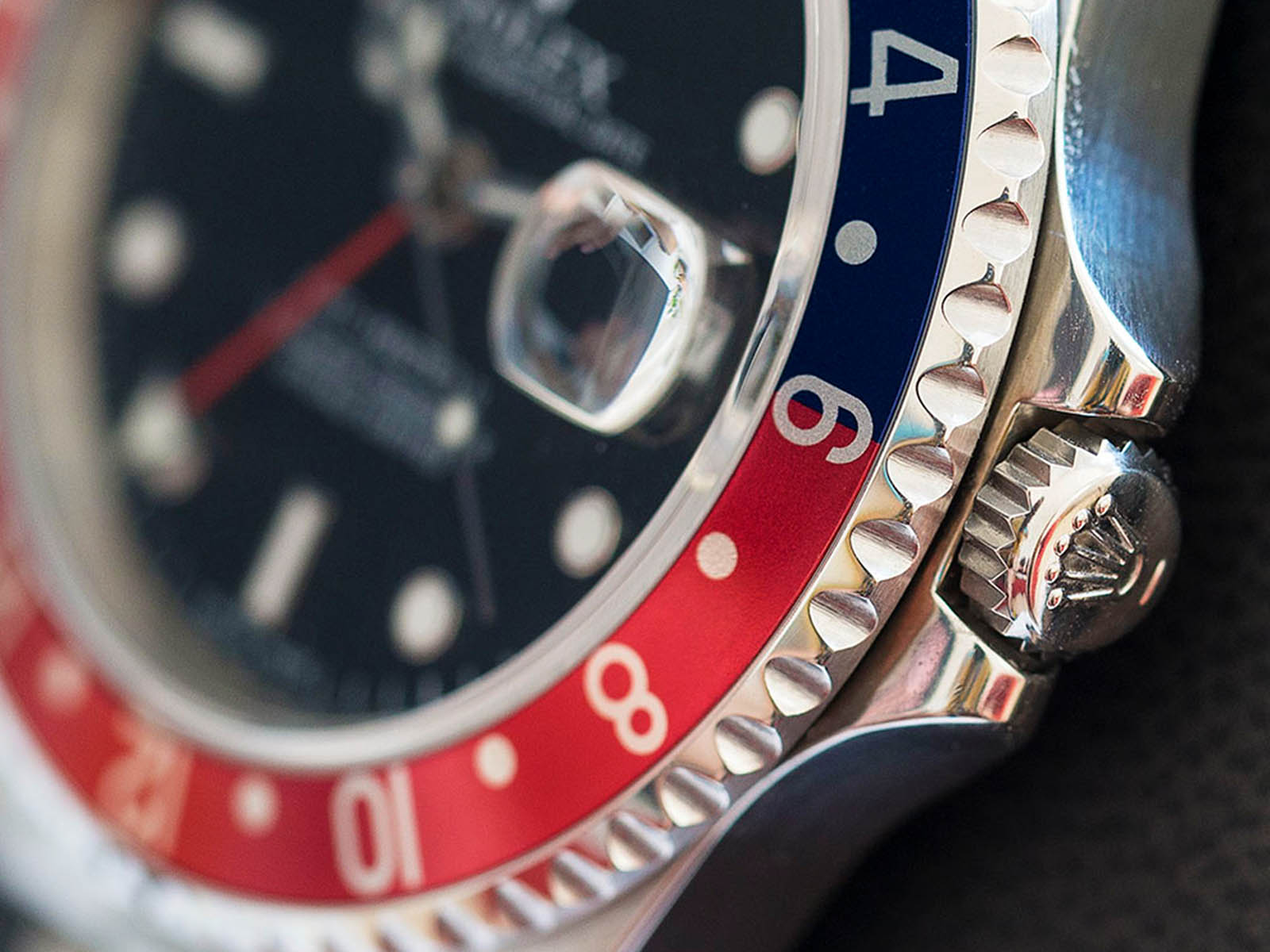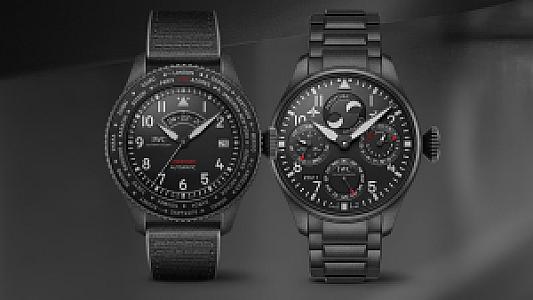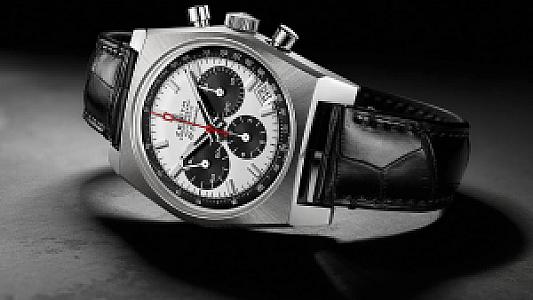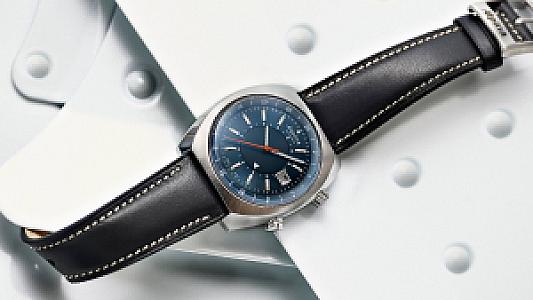The bezel, the watch component at the peak of appearance and functionality, is under the spotlight in all its details.
Bezel, a word of French origin and used to mean frame, has a role in watch designs that reinforces both appearance and functionality. Watch cases are produced from at least two parts. This number usually increases to three in modern watches. The middle case holds the movement and dial, while the case back is screwed to the middle case. The crystal at the top is either glued to the middle case or pressed into its slot with the help of a bezel. Briefly, in watch terminology, the structure surrounding the crystal is called the bezel.
Bezels can be manufactured in a thin ring structure. This ring is produced from the same or a different material as the watch case. The upper surface of the ring may have a brushed, sandblasted or polished finish. Fluted, striped or different motif surface treatments can also be used depending on preference. We can come across bezels made of stainless steel, gold or other precious metals, as well as ceramics and even sapphire crystal. Since this structure, located at the top of the watch, is the area most exposed to external factors, the use of durable materials in its production provides it with extra usefulness.
Bezels are divided into two types, fixed and movable, depending on their structure. Fixed bezels do not move as their name suggests. The engravings on it constantly maintain their static positions. Bezels containing tachymetric, pulsometric and their derivatives are in this class. Movable or rotating bezels offer different functions to users. Bezels that we frequently encounter in the industry, such as diving, compass, count forward/backward or GMT, provide the watch owner with a function beyond the ability to keep time with the extra function provided by the rotation movement.
We can sometimes encounter a double-layer structure in rotatable bezels. In this case, the part that provides the rotation system of the bezel is a separate piece, and the disc on which the numbers are written appears as a separate piece. The system created by the combination of these two parts brings with it conveniences such as easily renewing the disc that wears out over time and changing its color.
Since the name bezel means frame, it can be positioned not only outside the case but also around the dial. This situation, which is entirely up to the manufacturer's preference, can be applied to both fixed and rotatable bezels. In rotatable bezels positioned under the glass, an additional crown must be placed on a suitable part of the case to move the system.
To give examples of the usage of a few of the most commonly used bezels:
The minute indices on the diving bezels are used to understand at a glance how many minutes have been spent under water. This type of bezel can only rotate counterclockwise as a safety precaution.
Thanks to the numbers with a 24-hour scale on the GMT type bezels, time and day-night information can be accessed for the current or desired time zone. Additionally, you can easily switch between time zones by simply turning the bezel.
Tachymetric bezels are used to calculate the average speed of moving vehicles. In order to use this function, the watch must have a chronograph or flyback central second hand.
So, which is your favorite bezel?
